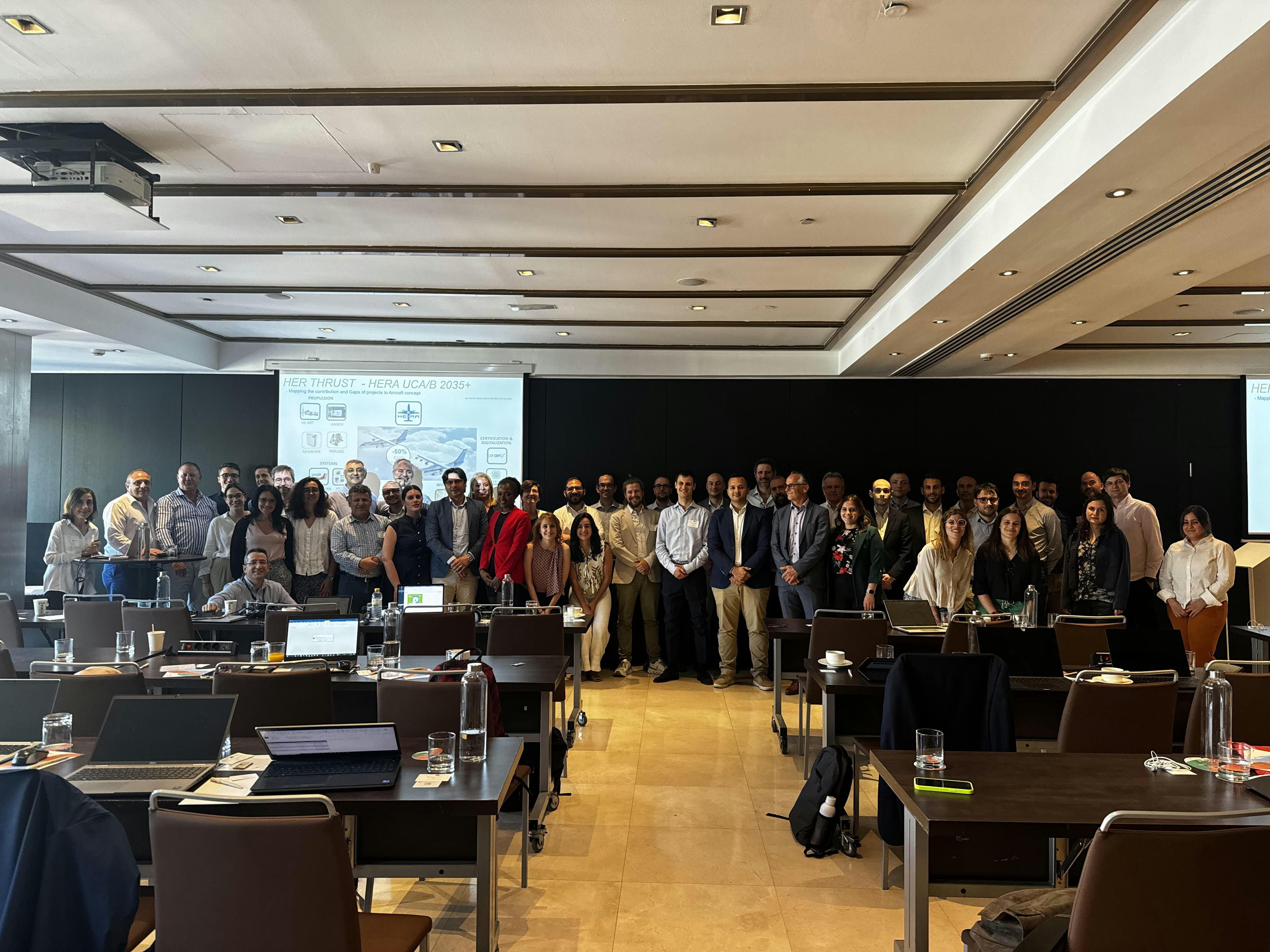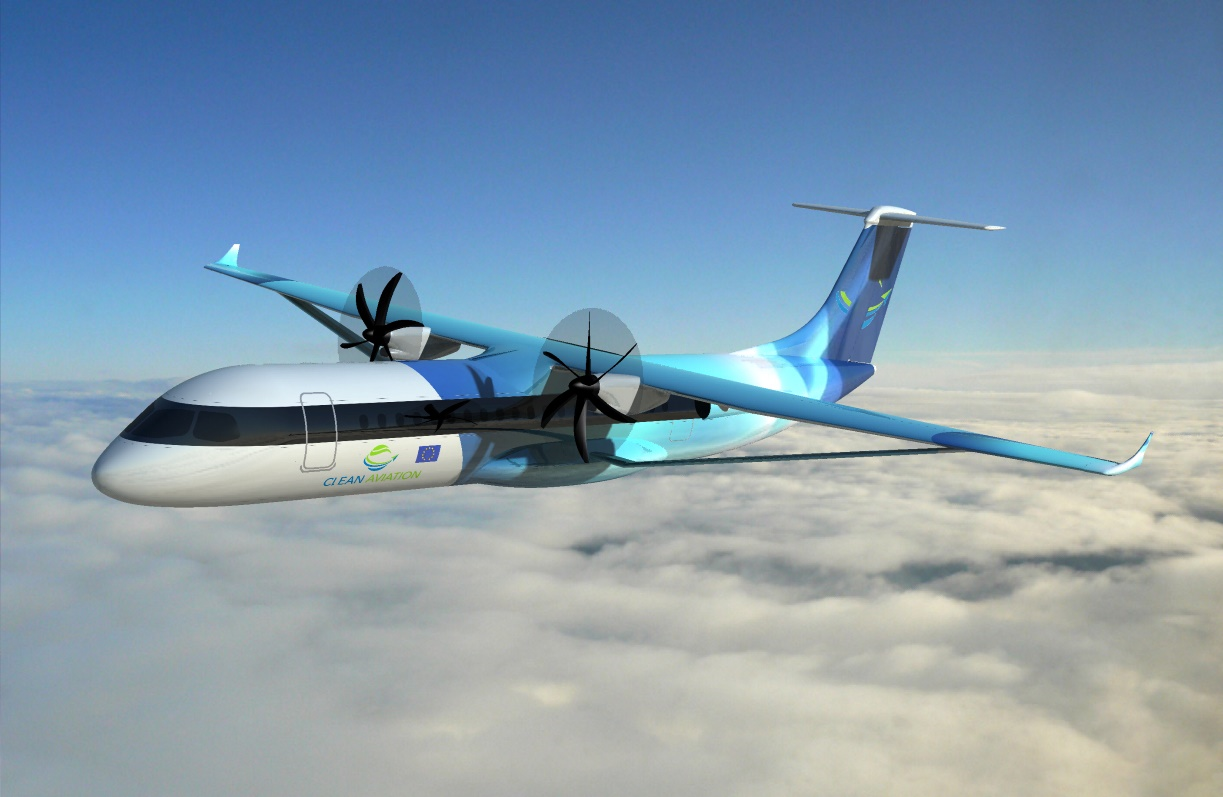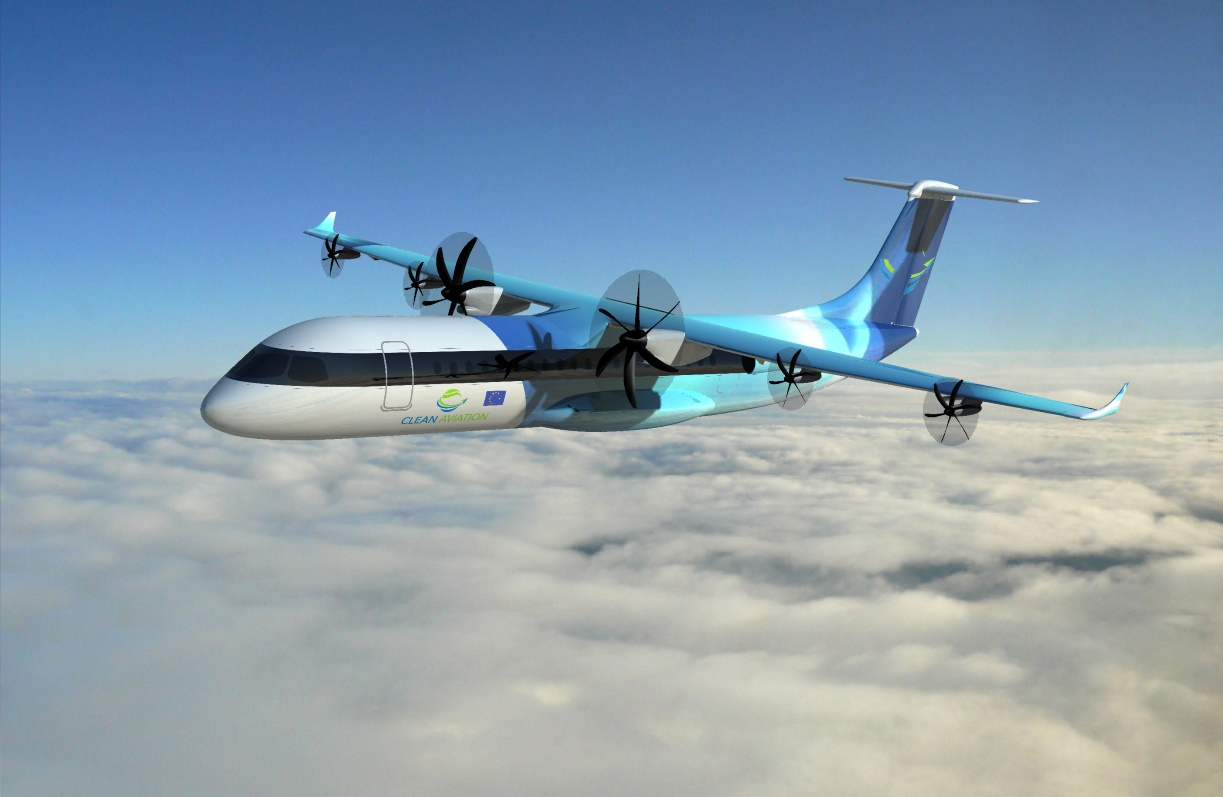The first HERWINGT Newsletter was released in May, offering a comprehensive look at the goals of this Clean Aviation EU-funded project, as well as its achievements so far. In this issue, you'll discover three groundbreaking solutions designed to reduce fuel consumption by 50% at the aircraft level (A/C) compared to 2020's State-of-the-Art (SoA) aircraft, each approaching this target in a unique way.
- Pioneering wing configurations and improved aerodynamics leading to drag reduction and enabling a fuel burn reduction of 15% at the wing component level, compared to a 2020 SoA wing.
- Wing structures, more integrated systems, and new material technologies resulted in a weight reduction of 20% at the component level, compared to a 2020 SoA wing.
- The development of technologies enabling the wing for a hybrid-electrical use case (H2/Batteries and fuel systems using Sustainable Aviation Fuels (SAF)).
We encourage you to read and discover how the HERWINGT project is leading the way in pioneering efforts toward the decarbonization of aviation.
On July 3-4, the HERWINGT consortium participated in the 3rd Cooperation Workshop between the HERA project and the other Clean Aviation projects held in Madrid. AIRBUS, the coordinator of the HERWINGT project, hosted this Cooperation Workshop for the HERA project. This event focused on fostering synergies among the REG projects to maximize benefits at the program level for the REG Thrust. In addition, it brought together leaders from various projects contributing to the development of Hybrid Electric Regional Aircraft concepts. Among the key topics discussed were the certification challenges related to the advancement of new technologies in aviation. Antonello Marino, the Team Leader for Hybrid Electric Regional Thrust, highlighted the commitment to collaborate with EASA - European Union Aviation Safety Agency and over 160 entities across the EU. Together with EASA, new certification methods will be defined to ensure the safety and efficiency of next-generation aircraft, driving innovation for safer and more sustainable air travel.
Read the full article released by Clean Aviation dedicated to the 3rd Cooperation Workshop.

End of July and beginning of August, during the AIAA Aviation Forum 2024 held in Las Vegas, Pietro Catalano (CIRA - Italian Aerospace Research Centre) presented the article “Aero-structural design of a high-aspect-ratio wing”.
We encourage you to read the full article to get an insight into the aero-structural design of a high aspect ratio wing that has been performed by CIRA in the framework of the HERWINGT project supported by the Clean Aviation Joint Undertaking and funded by the European Union. The aim is to design an innovative wing suitable for the future hybrid-electric regional aircraft, that will contribute to the overall target to reduce fuel consumption, CO2 and other GHG emissions, by improving the aerodynamic efficiency and reducing the weight.
You can find the article here.

Finally, we are more than excited to share with you the great news that the HERWINGT project was featured in the magazine Flight Global! We encourage you to gain exclusive insights from HERWINGT’s coordinator, Sebastián Pellicer Sotomayor, in a captivating conversation with Dominic Perry! Their discussion is featured in the article "Braced for Change: Clean Aviation Plans Radical Reshaping of Regional Aircraft Wings," which showcases the groundbreaking innovations spearheaded by the HERWINGT consortium. Discover how these advancements are shaping the future of sustainable aviation and revolutionizing regional aircraft design.


The two wing cases HERWINGT is working on
Keep abreast of the latest project updates by connecting with us on our social media platforms, LinkedIn and Twitter, and visiting our website!

The project is supported by the Clean Aviation Joint Undertaking and its members.
Funded by the European Union. Views and opinions expressed are however those of the author(s) only and do not necessarily reflect those of the European Union or Clean Aviation Joint Undertaking. Neither the European Union nor Clean Aviation JU can be held responsible for them.

